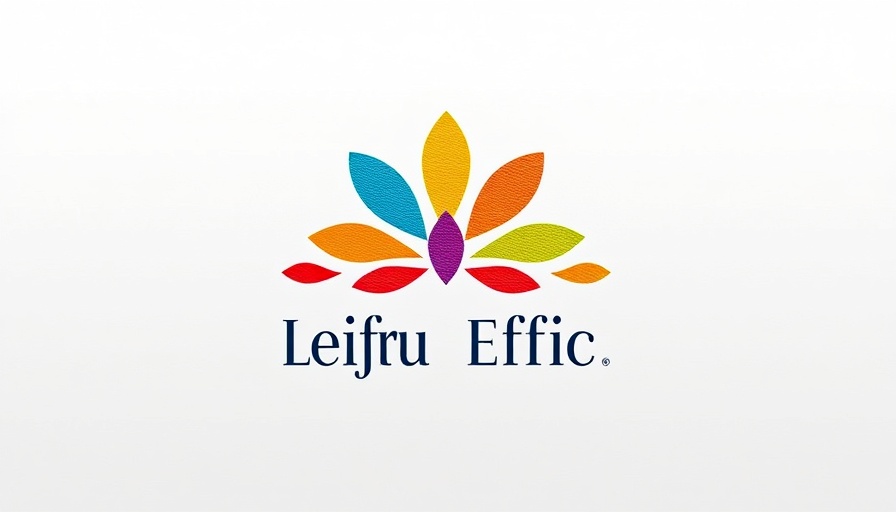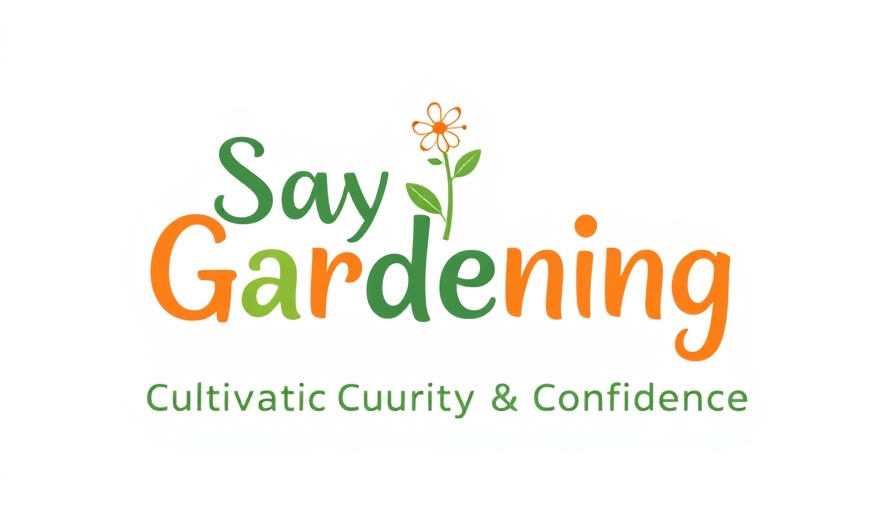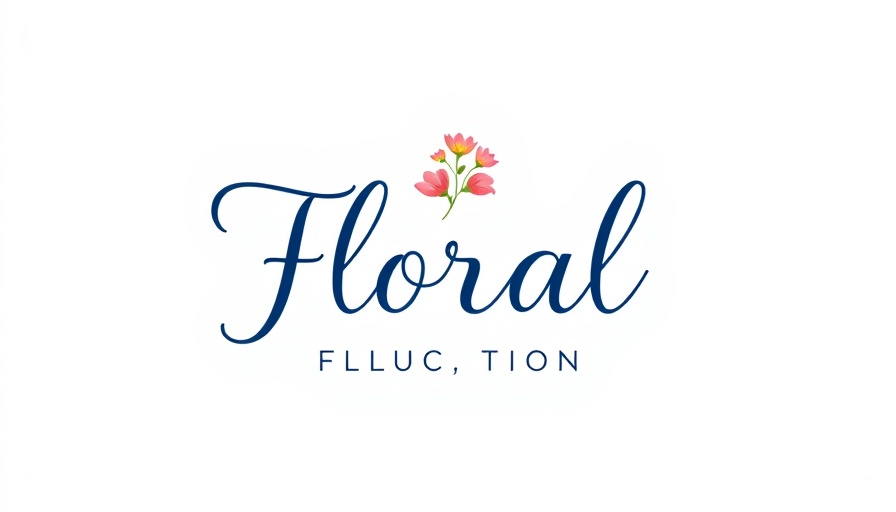
Why Saving Bean Seeds Benefits Your Garden
Saving bean seeds is an essential gardening practice that not only helps you save money but also allows you to cultivate plants suited to your local climate. Homeowners looking to enhance their garden can tap into the ancient art of seed saving, ensuring that their favorite varieties thrive year after year. In this article, we will explore easy steps to save your bean seeds, delve into the advantages of this sustainable method, and share tips to ensure your seeds yield healthy plants.
The Simple Process of Saving Robust Beans
To successfully save your bean seeds, start by choosing the right beans. Look for mature pods that have turned brown and dry on the plant. This is the ideal time for harvesting seeds as they have reached their peak maturity. Begin by carefully removing the beans from the dried pods. It’s essential to handle them gently to avoid damage.
Once harvested, you need to clean the beans to remove any debris. Rinsing them under cool water and placing them on a towel to dry is a great method to ensure they are clean and ready for storage. Patience is necessary here, as storing wet seeds can encourage mold and ruin your harvest. Once completely dry, store your beans in a cool, dark place in labeled containers, such as glass jars or envelopes. This reduces the risk of pests while making your seeds easy to find next planting season.
Preserving Your Garden's Genetic Diversity
One of the most significant advantages of saving bean seeds is the cultivation of genetic diversity. Each year, the beans that flourish in your garden undergo subtle changes, adapting to the specific conditions of your environment. By saving seeds from your best plants, you are gradually creating a strain that performs better in your unique climate. This not only boosts your garden's overall yield but also promotes resilience to local pests and diseases.
Common Misconceptions About Seed Saving
Many gardeners may believe that seed saving requires intricate knowledge or advanced skills. However, the truth is that with a few straightforward steps, even novice gardeners can successfully harvest and store their seeds. Another misconception is that hybrid seeds cannot be saved for future planting. In reality, saving seeds from hybrids can often result in unique plants, although they may not have the same characteristics as the original hybrid. Understanding these dynamics empowers gardeners to take control of their planting choices.
Tools and Techniques to Aid Seed Saving
Equipping yourself with the right tools can simplify the process of saving seeds. A small pair of scissors, labels, and storage containers can go a long way. Moreover, keeping a gardening journal can help track which varieties performed well each season, guiding your selection for future planting. Using these techniques gives gardeners confidence through informed decision-making, making the skill of seed saving accessible to all homeowners.
The Environmental Impact of Saving Seeds
In addition to personal benefits, saving seeds is a sustainable gardening practice that has a positive impact on the environment. By cultivating your varieties, you contribute to local biodiversity and help reduce the reliance on commercial seed companies that may not prioritize sustainable practices. This conscious effort aligns with the growing movement towards environmentally friendly gardening and empowers homeowners to nurture landscapes that reflect their values.
Embracing the Seed Saving Tradition
Seed saving is a tradition that extends beyond mere gardening; it encompasses a philosophy of sustainability, thriftiness, and respect for nature. It's a fulfilling endeavor that connects you with previous generations of gardeners who practiced this age-old technique. Embracing seed saving allows you to engage more deeply with your garden and the broader ecosystem.
Knowing how to save bean seeds for next year not only enhances your gardening prowess but encourages environmental stewardship. By implementing these simple practices, you're taking a step toward a sustainable future while enjoying the many benefits of home gardening.
 Add Row
Add Row  Add
Add 


Write A Comment